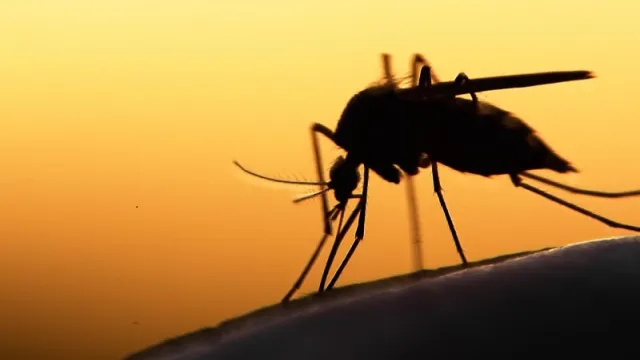Fighting malaria could add Sh1.2 trillion to Kenya’s GDP

Fighting malaria could add Sh1.2 trillion to Kenya’s GDP
Kenya has the potential to see a GDP increase of about US$9 billion (Kes1.2 trillion) between 2023 and 2030. This potential boost is contingent upon achieving the UN target to reduce malaria by 90 percent from 2015 levels by 2030, a new report titled "The Malaria Dividend" by Malaria No More UK.
Sherwin Charles, CEO of Goodbye Malaria, notes that increasing investments in malaria eradication will save millions of lives while stimulating Kenyan and African economies through enhanced trade and tourism. This economic uplift is not just a regional benefit but also has global implications, fostering improved trade relations and economic growth.
“Malaria is a preventable and treatable disease, but it continues to needlessly cost lives and hold back endemic countries from making critical social and economic gains,” said Dr. Michael Charles, CEO of the RBM Partnership to End Malaria. “We must prioritize our 2030 target of reducing malaria by 90 percent compared to 2015 levels to end this tragic cycle.”
Overall, the report illustrates that reducing malaria across Africa could collectively enhance the continent's GDP by $127 billion by 2030. This translates to an annual boost of nearly $16 billion, which is more than 10 percent of the annual healthcare expenditure of all African countries combined.
Achieving this target could also spur an additional $31 billion in exports, hugely benefitting the countries worst hit by the disease.
For Kenya and oil-rich Angola, the economic impact could be particularly huge, with an estimated GDP increase of about $9 billion between 2023 and 2030.
In Nigeria, the figure could be almost $35 billion, reflecting the nation's larger economy and higher malaria prevelence.
Malaria continues to be a major health burden, claiming over 600,000 lives annually. According to the World Health Organization, malaria interventions have prevented approximately two billion cases and nearly 12 million deaths from 2000 to 2022.
Despite these efforts, the disease remains a significant barrier to economic growth, particularly impacting children and working-age adults through absenteeism, reduced income, and increased healthcare costs.
Read also: WHO thumbs-up budget-friendly, high-impact malaria jab
Global malaria deaths
Children, who represent around three-quarters of global malaria deaths often face frequent school absences due to the disease, affecting their educational progress and future economic contributions. This, in turn, places additional strain on healthcare services and on parents who must care for their ill children.
Charles advocates for a collaborative approach between G7 nations and malarial endemic countries such as Kenya to enhance investments in malaria eradication. He says there is a need for domestic funding and support for global health initiatives such as GAVI, the Vallice Alliance, and the Global Fund to Fight AIDS, Tuberculosis, and Malaria.
The G7 Summit which will be hosted in Italy between June 13-15, underscores this international partnership. Under Italy's PM Giorgia Meloni, the meeting is set to prioritize an agenda to stimulate economic growth in Africa through health system investments. The G& has been pivotal in establishing initiatives such as GAVI and the Global Fund, which have significantly increased access to vaccines and malaria treatment.
Vaccine Alliance GAVI is set to include two effective malaria vaccines in its next investment case which is set to launch on June 20. When paired with tools such as next-generation bed nets, these vaccines are expected to play a vital role in revitalizing the stalled fight against malaria.
Although the upfront costs of malaria eradication are substantial, the long-term economic benefits and lives saved far outweigh these expenses.



